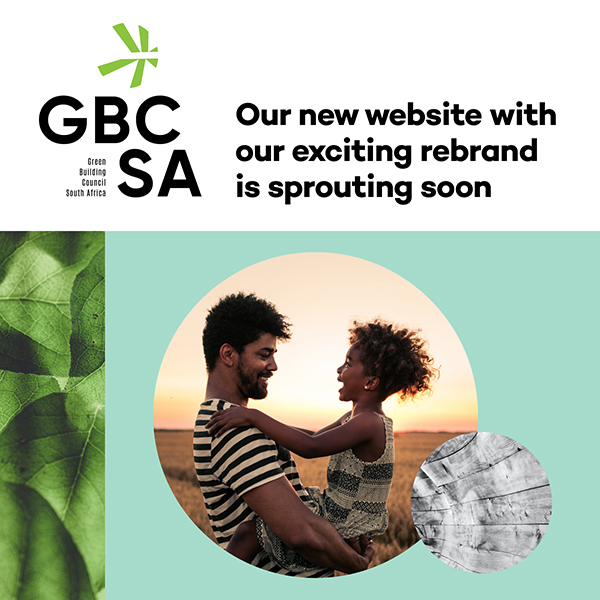
Joburg’s tree canopy contributes to property values
August 27, 2019
The proximity of healthy, beautiful parks and mature trees directly affects property value” says Cebo Mhlongo Johannesburg City Parks and Zoo Manager: Environmental Protection Unit.
Green space and good views raise the price of properties, specifically distant views, water and mature trees, according to verified studies. This increased price is due to Hedonic Value – the value we place on the pleasure we get from an experience or product.
Community real estate values as a whole go up when people enjoy the environment more, and want to be there, and municipalities benefit as this is reflected in the increased tax base. A 2009 US study found that foliage increases land value, and is especially apparent in built-up urban areas, where it estimates a 5% premium on properties within 150 metres of a park. This benefit scales. For example, New York’s Central Park adds an approximate 20% market value to those properties on blocks closest to the park compared to those just one block away, and 44% compared to those two blocks away. Bryant Park (also in New York City), previously dirty and dangerous, reopened in 1992 and by 2015 enabled surrounding property owners to charge rents 12.5% higher than similar buildings within a few blocks – and the resulting 20% – 25% higher than average property values contributes least an extra R476m each year to tax revenue.
Greening improvements involving smaller parks is known as biophilic urban acupuncture, and a 2008 study found properties across New York City within 300m of community gardens realised a R7.3m net tax benefit over 20 years.
“Public open space allows us to enjoy the outdoors and our minds observing nature. Look at how FNB responded to the fact that there is limited green space nearby Bank City. They have created their own artificial garden area lined with trees in the Joburg CBD– and it is well used,” notes Mhlongo.
Universally, trees also add value to homes and neighbourhoods. “Mature, well-kept trees are typically associated with affluent neighbourhoods. A side effect of that is that the more trees there are in an area, the more value buyers tend to perceive in its homes,” adds Tony Clarke, MD of the Rawson Property Group. Looking at two Cape Town suburbs, Kirstenhof averages about 5 trees per home, while Newlands boasts between 7 – 8 trees.
Johannesburg’s Jacaranda trees can trace their roots to Argentina from where they were first imported in 1880 and by 1896 an entrepreneurial Johannesburg farmer William Nelson had grown 30 million trees and shrubs for general distribution. When he planted 106 kilometres of trees along the streets of the newly established suburb of Kensington it took his team six months, and was the first time in South Africa that trees were planted on such a large scale. “Trees are one of the few things that we can buy that increase in value in time,” observes Matt Cullinan, Director at MCA Urban and Environmental Planners. Over a lifespan of up to 200 years, this is abundantly evident in the Jacarandas contribution to Johannesburg.
“Johannesburg’s trees make a significant contribution to cleaning the air that we all breathe. While their benefits include air filtering, cooling the air around them, reducing noise, slowing storm water runoff, and mitigating the urban heat island effect, trees also make our city more walkable and beautiful. And with more walking, more socialising takes place – and these physical and mental health benefits contribute in no small way to the effective functioning of the city as a whole system,” concludes Mhlongo.
This article first appeared in the GBCSA’s +Impact Magazine in July 2019 and reused with permission.






